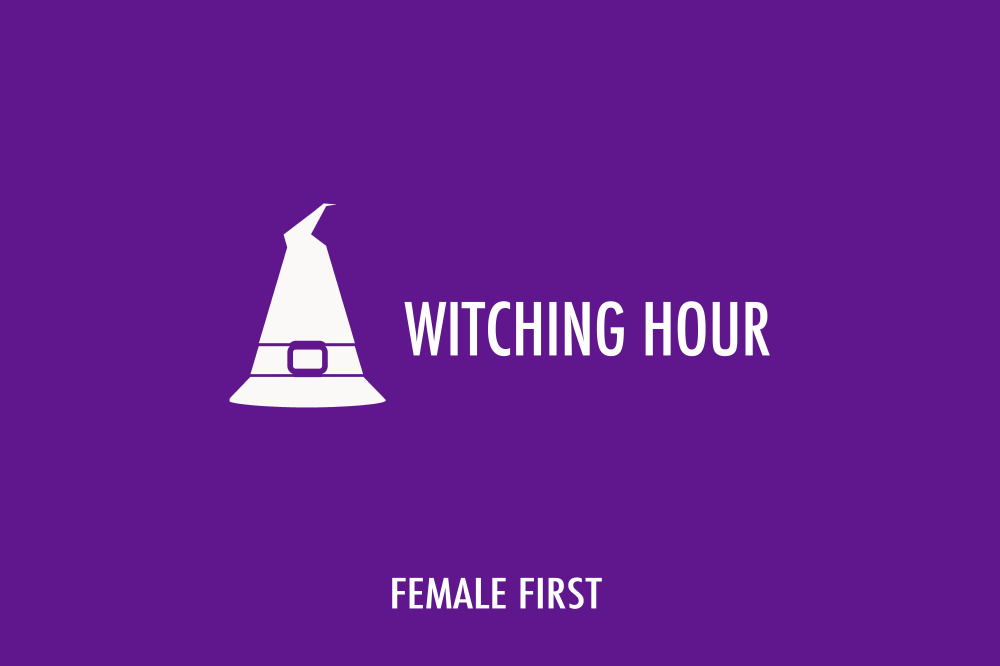It might surprise many people to know that people who call themselves witches in this day and age are, in some ways, fairly stereotypical. That is, a vast majority of objects associated with witches are very much still used today in modern witchcraft. But probably not in the ways you think...

Witching Hour on Female First
1. The broomstick
Assumed use: Transport and Quidditch
Actual use: Cleansing and protection
Unfortunately, modern witches are unable to whiz around on a broomstick and have to stick with cars, buses and trains like normal folk. But that doesn't mean we don't have our uses for the traditional besom. We use it to symbolically sweep away negative energy from our ritual space and it can also be placed across a threshold to prevent negative energy entering. It is also common for couples to "jump the broom" during a Pagan hand-fasting ceremony to represent fertility.
2. The wand
Assumed use: Casting spells
Actual use: Directing energy and invocation
While we do use wands during spell work, it isn't a matter of waving it once and *POOF* the magic happens. Wands are used to direct energy during a spell or ritual, and often raised towards the heavens to invoke the power of the God or Goddess. They are not, however, necessary tools for casting spells.
3. The cauldron
Assumed use: Potions
Actual use: Potions... as well as burning incense and scrying
Most of us don't create huge pots of bubbling green liquid containing eye of newt and toe of frog, but cauldrons can be used to create more palatable potions. On the other hand, it's generally easier to use more modern vessels like saucepans for these purposes. Small cast iron cauldrons are often favoured for the purpose of burning incense, and filled with water a cauldron can be used as a tool for scrying; that is, fortelling the future in the reflection of the water. Sometimes they are not used as tools at all, merely as symbolic artefacts to represent femininity.
4. The Book of Spells
Assumed use: Containing spells and recipes
Actual use: Containing spells and recipes
Witches still keep books or magical journals detailing their spells, recipes, invocations and other instructive information for performing magic and rituals. In Wicca it is known as a Book of Shadows, while others know it as a grimoire (though this term is more popular in reference to ceremonial magic rather than modern witchcraft).
5. The crystal ball
Assumed use: Spying on people and looking into the future
Actual use: Looking into the future
While you can't spy on anyone with a crystal ball, they are still popular tools for scrying. This divinatory method presents the user with images within the ball's reflective surface which are then translated as messages or meaningful information about the future.
6. The ritual knife
Assumed use: Bloody sacrificial rites
Actual use: Casting a circle
A ritual knife, also known as an athame, is never used for physical cutting. They are typically sold as black-handled, double-edged daggers and are usually quite blunt. Their most common uses are drawing a protective circle around a ritual space and calling the quarters i.e. requesting the aid of the guardians of the East, South, West and North during spellwork. Like a wand, they are used for directing energy.
7. The pointed hat
Assumed use: Purely aesthetic
Actual use: Purely aesthetic
There's no magical purpose for a pointed hat but lots of modern witches still have them because visual aesthetic is important to them. Anyway, pointed hats look very cool.
Tagged in witchcraft

